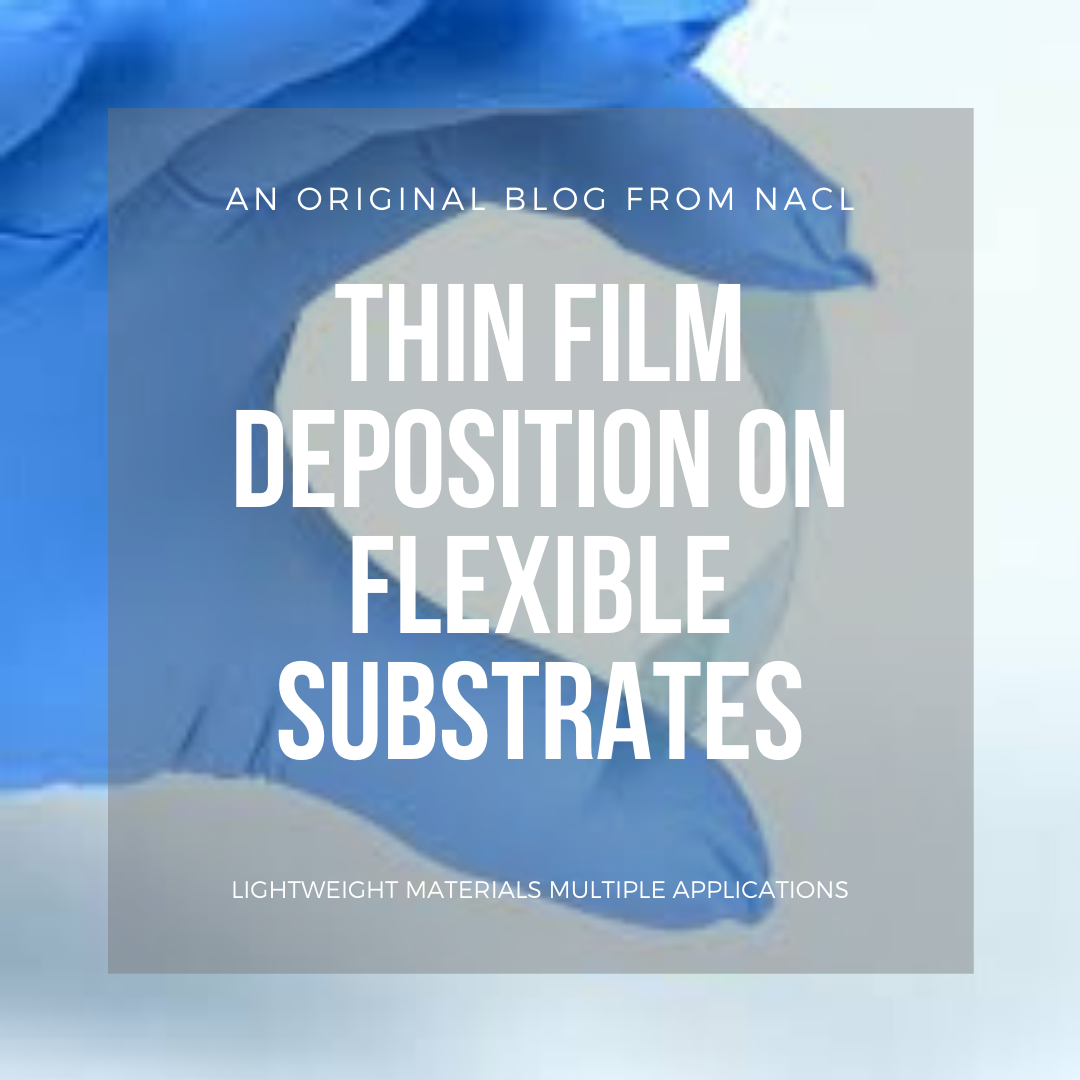As the touch market explodes in popularity so too does the need for high performance thin-film coatings on flexible materials. These materials include but are not limited to Polycarbonate, Triacetate (TAC), Mylar, and Polyester. For the touch market many of these films are polarized and typically will be bonded to the front surface of the display.
The application of these films to displays helps promote optical performance and display acuity. With the addition of broadband anti-reflective films to these substrates numerous advantages can be gained. Among the most beneficial results of adding an anti-reflective coating to a flexible display is the drastic reduction of both sunlight glare and ambient indoor lighting glare. Another potential advantage to depositing an anti-reflective coating on a flexible substrate with a diffuse (anti-glare) surface is the ability to easily read displayed data in full sunlight. Achieving this result without anti-glare etched glass which can add cost to the display overall is an inherent advantage of using typically less-expensive flexible films with diffuse surface modifications and anti-reflective coatings.
Another key market currently utilizing thin-film coated flexible substrates are the photovoltaic or solar industry. In the solar energy industry paper-thin polycarbonate is utilized for its inherent UV blocking characteristics as the thin polycarbonate is bonded as the air layer to numerous photovoltaic cells currently in production. To add the benefit of high reflectance to these polycarbonate North American Coating Laboratories currently deposits highly reflective dielectric coatings or dielectrically enhanced metallic coatings such as Silver and Aluminum. In these cases the highly reflective surfaces help power the photovoltaic cell while the thin polycarbonate blocks harmful UV rays that may degrade and destroy the key components of the cell.
Thin flexible substrates are being used in numerous head mounted displays as well for the consumer electronic and military industries. The advantage of using a thin flexible substrate in these markets is the ability to selectively cut small intricate patterns of coated material from larger mother sheets of material and bond them to mission critical areas of head mounted displays to help improve light transmission or help increase reflectance for displays that count on total internal reflectance (TIR) for image communication and transmission. Another key benefit of utilizing thin flexible materials in these markets is the potential cost and time saving that can be achieved over traditional lens design which typically requires longer development cycles and can slow critical time to market in the consumer electronic industry.
As displays across all industries become more sophisticated and intuitive the requirement for higher quality optical materials to be used in their manufacturing process will also drastically increase. The quality and effectiveness of the data your display is communicating is only as beneficial as the final image that it transmits.






